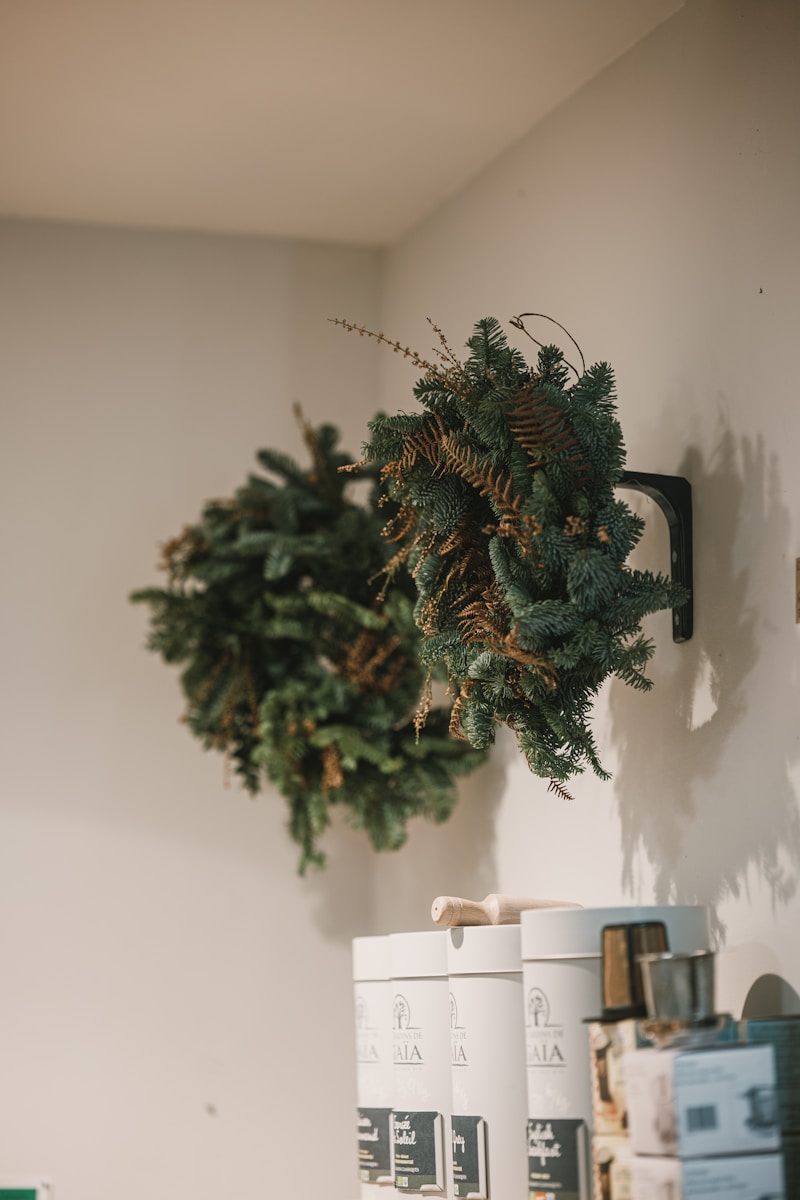Exploring the Marvel of Distinctive Couture Craftsmanship
Understanding Distinctive Couture Craftsmanship
In the world of fashion, distinctive couture craftsmanship stands as a tribute to the artistic expression and meticulous attention to detail that define high-end garments. This article delves into what makes couture craftsmanship unique, the processes involved, and how it influences contemporary fashion. Whether you're a fashion enthusiast, a designer, or someone curious about the industry, this comprehensive guide will illuminate the nuances of this exquisite realm.
The Essence of Couture Craftsmanship
Couture refers to the creation of exclusive custom-fitted clothing. The term is most frequently associated with high-end fashion that is designed specifically for an individual customer. The word "couture" derives from the French word "coudre," meaning "to sew." Distinctive couture craftsmanship incorporates not only the cutting and sewing of garments but also the artistry that underlies these processes. This craftsmanship is epitomized by renowned fashion houses such as Chanel, Dior, and Valentino.
What Sets Distinctive Couture Apart?
The distinguishing feature of distinctive couture craftsmanship lies in its ability to blend traditional techniques with innovative designs. Here are some key aspects that set couture apart from ready-to-wear:
- Personalization: Each piece is tailored specifically to the wearer, ensuring a unique fit and style.
- Quality Materials: High-end fabrics like silk, velvet, and lace are often used, sourced from the finest suppliers.
- Handmade Techniques: Many couture garments are crafted by hand, employing skills that have been perfected over decades or even centuries.
- Attention to Detail: Couture pieces often feature intricate embellishments, such as embroidery, beading, and other decorative techniques.
| Aspect | Couture | Ready-to-Wear |
| Personalization | Custom-fitted | Standard sizes |
| Materials | High-end fabrics | Budget-friendly materials |
| Techniques | Handmade craftsmanship | Machine-made production |
| Attention to Detail | Intricate designs | Simpler patterns |
The Process of Creating Distinctive Couture
The journey of crafting a couture piece is intricate and layered, often taking several months from concept to completion. Here’s a brief overview of the process:
1. Design Conceptualization
The designer begins by conceptualizing a theme or inspiration which will guide the creation of the collection. This often involves sketching designs, selecting color palettes, and choosing fabrics.
2. Fabric Selection
Fabric is one of the most crucial aspects of couture craftsmanship. Designers often travel worldwide to source rare and luxurious materials that will enhance the visual and tactile appeal of their work.
3. Draping and Pattern Making
Following the selection of fabrics, the designer or a skilled seamstress will drape the material on a mannequin to visualize how it flows and fits. Patterns are then created for each individual piece of the garment.
4. Construction
The construction phase involves tailoring the garment to perfection, paying close attention to every seam and stitch. Skilled artisans often use hand-stitching techniques to ensure quality and longevity.
5. Final Fittings
Once the garment is assembled, multiple fittings are conducted to ensure the fit is impeccable. Adjustments are made until the client is completely satisfied.
6. Embellishment and Finishing Touches
At this stage, intricate details such as embroidery, crystals, and unique fastenings are added, elevating the garment to a masterpiece of fashion artistry.
The Role of Technology in Couture Fashion
While distinctive couture craftsmanship is rooted in tradition, modern technology has gradually begun to influence how couture designs are conceptualized and created. Digital tools, such as CAD (computer-aided design) software, enable designers to visualize their creations in 3D before actual production. This helps streamline the design process and allows for more innovation in design.

The Impact of Distinctive Couture on Fashion Trends
Couture fashion plays an essential role in shaping the broader fashion industry. The luxurious and artistic vision presented on couture runways often trickles down into ready-to-wear collections. Designers frequently draw inspiration from couture styles, leading to trends that showcase exquisite detailing, bold experimentation with shapes and colors, and an emphasis on sustainability.
Couture and Celebrity Culture
One cannot discuss distinctive couture craftsmanship without mentioning its close ties with celebrity culture. Red carpet events often feature couture gowns, which serve as a symbol of status and aesthetic sophistication. Celebrities such as Rihanna, Beyoncé, and Lady Gaga have famously donned couture pieces that have left an indelible mark on both fashion and pop culture.
Exploring the Future of Distinctive Couture Craftsmanship
The future of distinctive couture craftsmanship appears to be geared towards addressing sustainability and ethical practices in fashion. As consumers become more conscious of their purchasing decisions, there is a growing demand for transparency in the fashion industry. Couture houses are increasingly adopting eco-friendly practices, from sourcing sustainable materials to employing artisans who uphold traditional crafting techniques.
Conclusion: The Allure of Distinctive Couture Craftsmanship
In conclusion, distinctive couture craftsmanship represents the pinnacle of fashion artistry that marries tradition with innovation. It is a testament to the skill and creativity that continue to influence fashion today. Whether you are considering investing in couture pieces or simply appreciate the artistry behind them, understanding the intricacies of this craft is utterly enchanting. As trends evolve and the industry adapts, the elegance and sophistication of couture will undoubtedly endure, inviting future generations to explore and embrace this captivating art form.
As you delve deeper into the world of fashion, remember to appreciate the distinctive craftsmanship of couture, and to understand the value it adds not only to garments but to cultural conversations within the fashion realm.
Keep an eye out for emerging trends, and consider supporting brands that prioritize quality and sustainability in their couture offerings. By doing so, you can contribute to a thriving fashion ecosystem that values artistry and responsible practices.